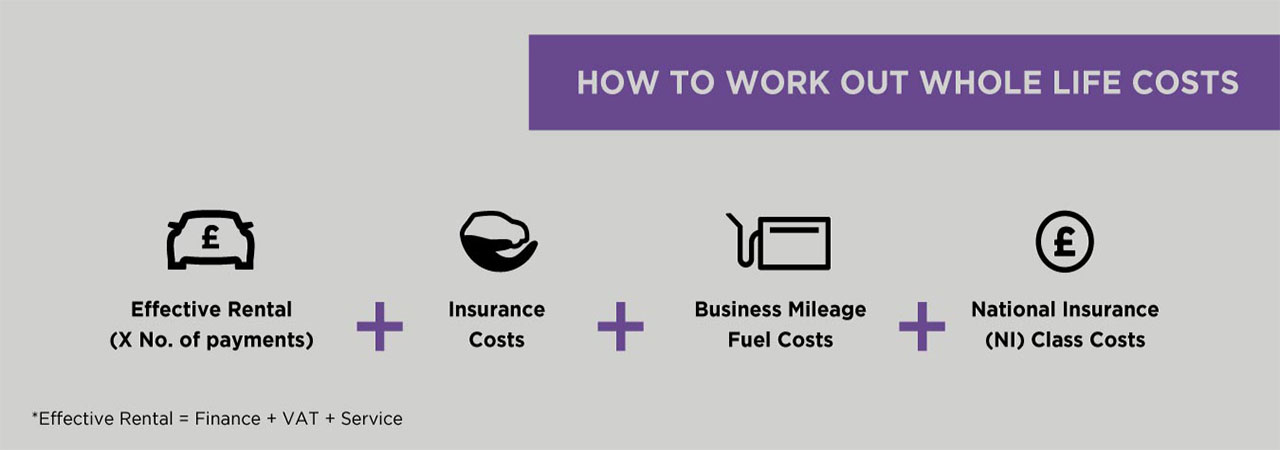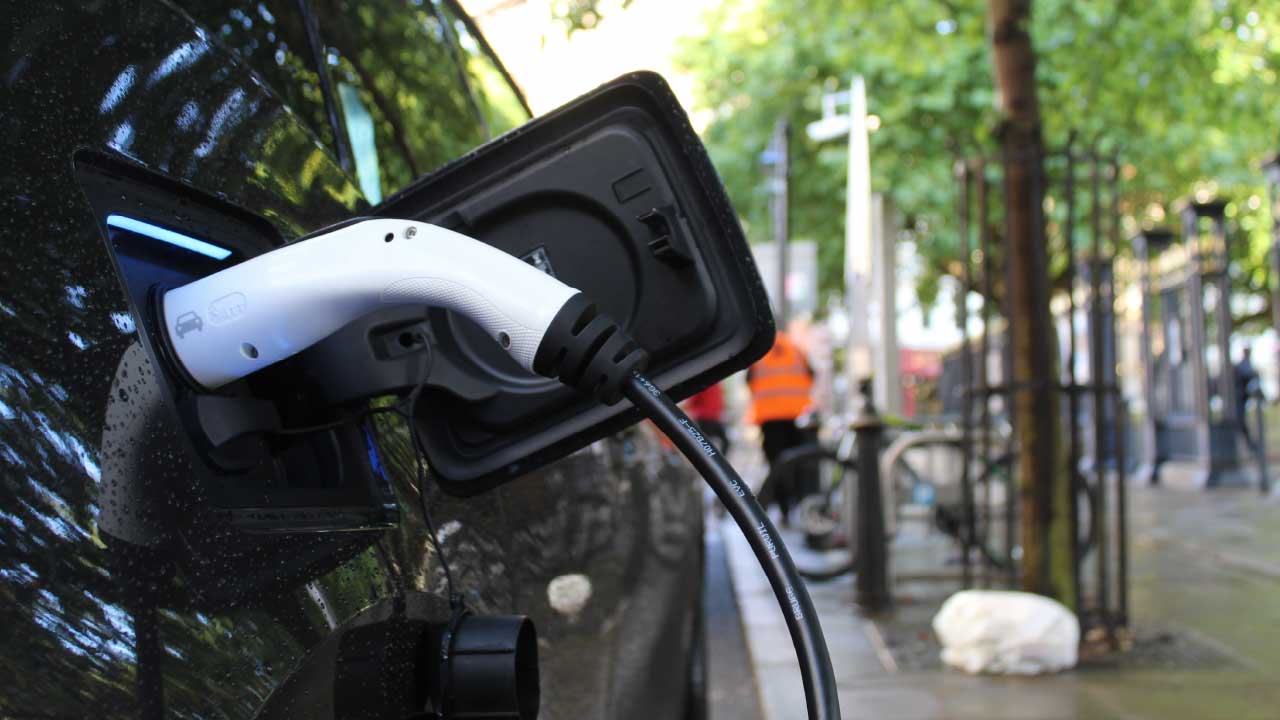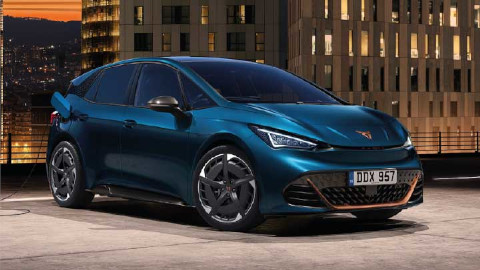Helping you with whole life costs
Looking at whole life costs allows a business to compare the costs of vehicles over the life of their contract. Here we are looking at why whole life costs can help identify electric cars as a clear choice for fleet vehicles and employee schemes.
With the government’s road to zero goal, changes to company car tax and rising fuel prices over the last few years, many fleet operators, employers, and employees are being encouraged to choose low emission, efficient vehicles. We are seeing an increase in companies starting to implement CO2 caps on their vehicle choice lists and looking at electric vehicles as alternatives to their petrol and diesel equivalents.
When considering EVs, the seemingly high purchase price can be a barrier stopping many drivers and businesses from going electric. However, by looking at the Whole Life Cost (WLC) of a vehicle, electric and hybrid alternatives can often come out on top.
What are whole life costs (WLC)?
When considering the costs of fleet vehicles, Whole Life Costs is the term given to the overall cost of vehicles over the term of leasing or ownership.
The Whole Life Costs take into account all the related factors over the holding period: the acquisition price, level of depreciation, servicing and maintenance costs, company car tax plus running costs – including likely fuel expenditure. They are an accurate way of calculating the true cost of running a vehicle.
What is considered in the whole life cost?
Our Whole Life Cost calculation is based on the full term of the lease and takes a number of factors into consideration.
- The total Contract Hire costs for the hire period
- Servicing and maintenance costs
- Recoverable VAT on finance and maintenance costs (including any restrictions that may apply)
- National Insurance payable on the Benefit-in-Kind, as applicable
- Cost of fuel for business mileage (taking into consideration the fuel type and fuel efficiency of the vehicle)
- Insurance costs
Looking at the WLCs of vehicles with higher purchase prices can actually identify if the cost of the vehicle over its lifetime is significantly less than a cheaper or alternative fuel model. For example, two vehicles could appear to cost the same, but in reality, one could cost significantly less over its life cycle as it may have lower maintenance costs, better residual value, more efficient fuel consumption, and lower CO2 emissions.
So, as well as identifying potential savings, WLC can help clients obtain better quality vehicles for fleets or employees.
What can WLCs help with?
- Budgeting
- Comparing funding methods
- Determining driver grades/allowances
- Comparing manufacturers and actual vehicles
- Defining cash allowance levels
- Predicting future costs
Electric Vehicles and WLC
There is no escaping the higher cost of electric cars. The huge, advanced battery packs required for each vehicle can add thousands of pounds to the contract price. Even with the full government grant of £3,000 towards the new price of an electric car, they still tend to be more expensive than a petrol or diesel equivalent.
However, whilst electric vehicles are often more expensive than their petrol and diesel counterparts, there are more and more being introduced into the market today and are significantly cheaper compared to two or three years ago. The Tesla Model 3 and Kia e-Niro are a couple of recent examples of this.
When looking at the WLCs of hybrid, PHEV, and battery electric vehicles, it is clear to see how EVs can be a much more competitive option. As you move away from the diesel and petrol fuels, clients can make great savings and gain advantages such as lower fuel costs, lower national insurance, and no tax.







